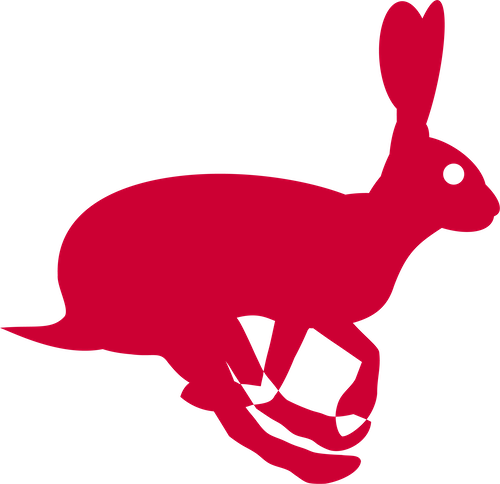Dust To Dust
Wonderbound has set the bar high the past few years, taking on ever-increasing artistic challenges: Collaborating with the Lighthouse Writer’s Workshop’sMichael J. Henry, integrating sculptures by RedLine Denver artists into a performance set inside the gallery space, working with local photography powerhouse couple Mark Sink and Kristen Hatgi Sink, performing to the area’s best musicians from DeVotchka’s Tom Hagerman to Ian Cooke to Paper Bird and the Colorado Symphony (four years ago Wonderbound vowed to perform only to live music). Perhaps, with the production of Dust, playing through April 30, 2016, Wonderbound has taken on its biggest challenge yet: Merging dance with theater. Dust pairs Wonderbound with Curious Theatre and Denver musician Jesse Manley along with his band in what Artistic Director Garrett Ammon describes as Wonderbound’s “most epic “ performance to-date. Written by Curious Education Director, Dee Covington, Dust takes a fictional town on Colorado’s plains in the 1930s as its scene. Dust is less musical theater and more theater/dance hybrid. Narrative has become a bigger and bigger driving force in Wonderbound’s productions over the years it seems, so this kind of cross-genre work feels like an inevitable next step in their artistic growth.
Curious actors dance alongside Wonderbound company members and vice versa. Perhaps the most interesting part of the performance is watching an artist try his or her hand at a different art form.
In today’s creative realm where it seems that job titles and self descriptions are increasingly becoming slashed (artist/poet/dancer), it’s apparent that some slashes are more equal than others. Dust demands a lot out of the cast: poignant, heartfelt acting alongside precise yet poetic movement. While the cast members do their best (often quite convincingly) in their new, slashed roles (actor/dancer, dancer/actor), it is clear they are working, sometimes very hard. Which is not to say that Dust isn’t an entertaining or engaging show. Rather, it’s the difference between watching a marathoner swim a mile and a swimmer run a marathon. The seeming effortlessness of a dancer or actor is a key component of the magic that has sustained live performance for centuries, and it’s what will continue to keep it alive. When the art comes naturally, the spell on the audience is cast and the rest of the world falls away.

Yet even with an off-accent or a misstep here and there, Dust at times rises to a level that’s simultaneously heartbreaking and endearing. Like Sherwood Anderson’s 1919 Winnesburg, Ohio, Dust cycles through the perspectives of the small town’s characters: a German immigrant family seeking the American Dream, lured by the promise of an underground lake; an unwed mixed race couple (a half Native American woman, a white farmer) who argue about God; a preacher and his wife who are still reeling, yet in diametrically opposed ways (he by his devotion to his flock, she by her desperation to bring rain) from the loss of their only child; a con man and his associate who promise to bring rain by launching rockets into the clouds; two young lovers who decide to run off together in the hopes of finding a better life. These stories within the story create a textured web of connection and disconnection among the characters. At times Dust has the sweeping, Biblical feel of a John Steinbeck novel.
Michael Duran’s set design, Rachael Kras’ costumes and Jesse Manley’s music do much to set the tone. An ever-present ombred dawn/dusk sky casts the deepest shades of blue and purple with just the faintest bursts of orange and red along the horizon while a silhouetted windmill sits off to the side. The clothes, many in varying shades of dust—from the softest blush to a clay-colored brown—feel weathered, worn, resigned to endure just like the characters that inhabit them. Jesse Manley’s music, with influences from folk, country, rock, bluegrass, and Americana, creates a soundtrack that’s at once rooted in the past and in the present.
Dust may not be for either the dance or theater purists out there, but the multi-arts patrons will ultimately appreciate the experimentation, ambition and creativity for which the production reaches. Wonderbound’s collaborative model breaks down the silos between art forms with a cross-pollination that does not happen nearly as often as it should.

